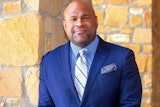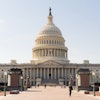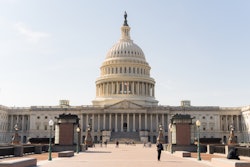When Dr. Julian Vasquez Heilig steps into his post as Western Michigan University’s (WMU) provost and vice president for academic affairs this January, he will be giving the school membership in an exceedingly small club. WMU will become one of the nation' only predominantly white institutions (PWI) to be led by both a president and a provost of color.
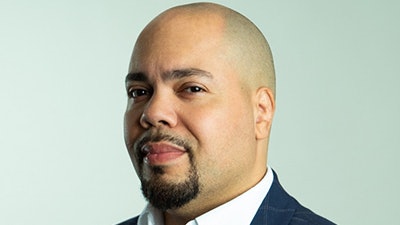 Dr. Julian Vasquez Heiling, incoming provost and vice president for academic affairs, Western Michigan University
Dr. Julian Vasquez Heiling, incoming provost and vice president for academic affairs, Western Michigan University
According to experts in higher ed administrative diversity, the top two posts of minority serving institutions are routinely filled by people from minoritized backgrounds, but it remains vanishingly rare among PWIs. Among the few are Rutgers University, led by president Dr. Jonathan Holloway and chancellor-provost Dr. Francine Conway, and the New School, led by president Dr. Dwight A. McBride and provost and executive vice president for academic affairs Dr. Renée T. White. The University of California system was recently led by two people of color, but provost Dr. Michael Brown stepped down this year.
A college’s two top administrators being people of color “sends a powerful message,” according to Dr. Royel Johnson, an associate professor of higher education at the University of Southern California’s Rossier School of Education.
Vasquez Heiling agrees.
“I think it says that the faculty senate, the staff, the students, they’re prepared for the changes that are happening in our society,” he said. “That the university is on the cutting edge of being a safe space for all.”
But few PWI have chosen to send this message. Although the exact number of schools with both a president and provost of color is unknown, fewer than 9% of presidents and provosts are Black, according to data from the College and University Professional Association for Human Resources (CUPA-HR).
Experts and administrators agreed that a major problem is the lack of diverse candidates in the pipeline.
Only 25% of faculty were non-white in 2020, according to the National Center for Educational Statistics, and less than 20% of administrators were people of color, according CUPA-HR. Faculty and administrators of color face biases in hiring processes, and often do the “invisible work” of sitting on committees and mentoring students that is devalued when it comes time for promotion or tenure review. Faculty and administrators of color also have to deal with isolation and racism that makes them consider leaving the academy.
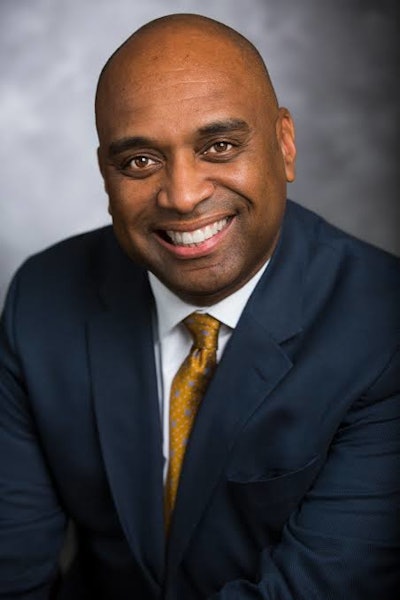 Dr. Dwight McBride, president of the New School
Dr. Dwight McBride, president of the New School
However, research has found that a leaky pipeline cannot fully account for the lack of diversity in the administrative ranks. Johnson points out other limiting factors. Boards of Trustees that make hiring decisions are often largely white and male, for example. And talented faculty of color are often relegated to diversity work, which is generally not considered a path to presidencies or provostships.
“Sometimes the folks in power don’t fully appreciate the scope of their gifts and expertise,” he said.
Vasquez Heilig once asked a college president why more presidents of color didn’t hire provosts from under-represented backgrounds.
“His answer was politics,” said Vasquez Heilig.
“You’re under particular scrutiny as a person of color to continue to include white people because white people are afraid they’re going to be pushed out,” said Dr. Marybeth Gasman, associate dean for research in the Graduate School of Education at Rutgers.
Presidents can also face accusations that a provost of color was picked for reasons other than their ability.
“I think there is often a presumption that someone who's not white has been tapped in order to make a political point, to reassure the community that their institution is on the right side of history. And that's unfortunate,” said Holloway, of Rutgers.
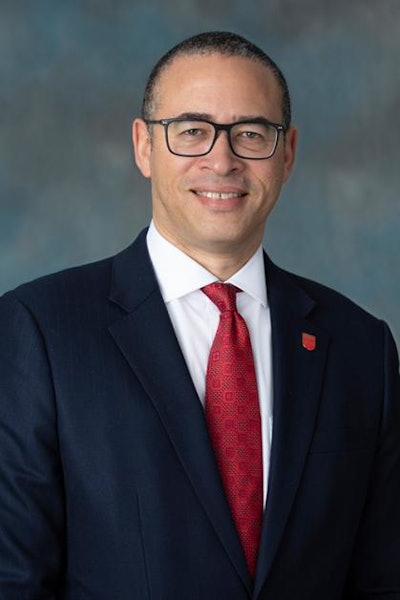 Dr. Jonathan Holloway, president of Rutgers University
Dr. Jonathan Holloway, president of Rutgers University
“I picked her because she’s really good,” he said. “Sometimes the best talent is going to be a person of color, and it’s not any more complicated than that.”
However, he thought that presidents of color might be more able to spot skill among diverse applicants.
“We come to these positions having lived a set of experiences that are a bit different than white males,” he said. “And I think because of those experiences, a lot of us are prepared to identify excellence that’s embodied in different kinds of people.”
McBride said that a president of color is an important symbol in attracting diverse talent. In the New School’s search for a provost, the three finalists were all Black women.
“[A] reason is because they saw me as a president and this as an institution where their work, their labor, their intellect would be valued.”
McBride takes special care to make sure that his diverse administrators stick around. Once a month, he takes White, the provost, as well as the executive vice president for business and operations, who is also Black, out for a dinner with no agenda, where they can talk about challenges and frustrations that they can’t discuss in formal leadership or board meetings.
But the New School, Rutgers, and MSU remain exceptions. And, although hiring of faculty and administrators of color has increased since 2020’s campus protests following the death of George Floyd, many PWIs are more comfortable talking about diversity than doing what’s necessary to achieve it.
“It’s much like exercise,” said Gasman. “Exercise will benefit you but getting yourself up off the couch is an entirely different situation. Coming to terms with how to diversify your faculty means you have to have some pretty difficult conversations about why you haven’t been able to. People don’t necessarily have the will.”
The institutions that lack that will may be endangering their ability to serve their students in the future.
“I think we have made some progress, but I think there’s so much further to go,” said Vasquez Heiling. “We need to be prepared for a diversifying nation and a diversifying academy.”
Jon Edelman can be reached at [email protected].
